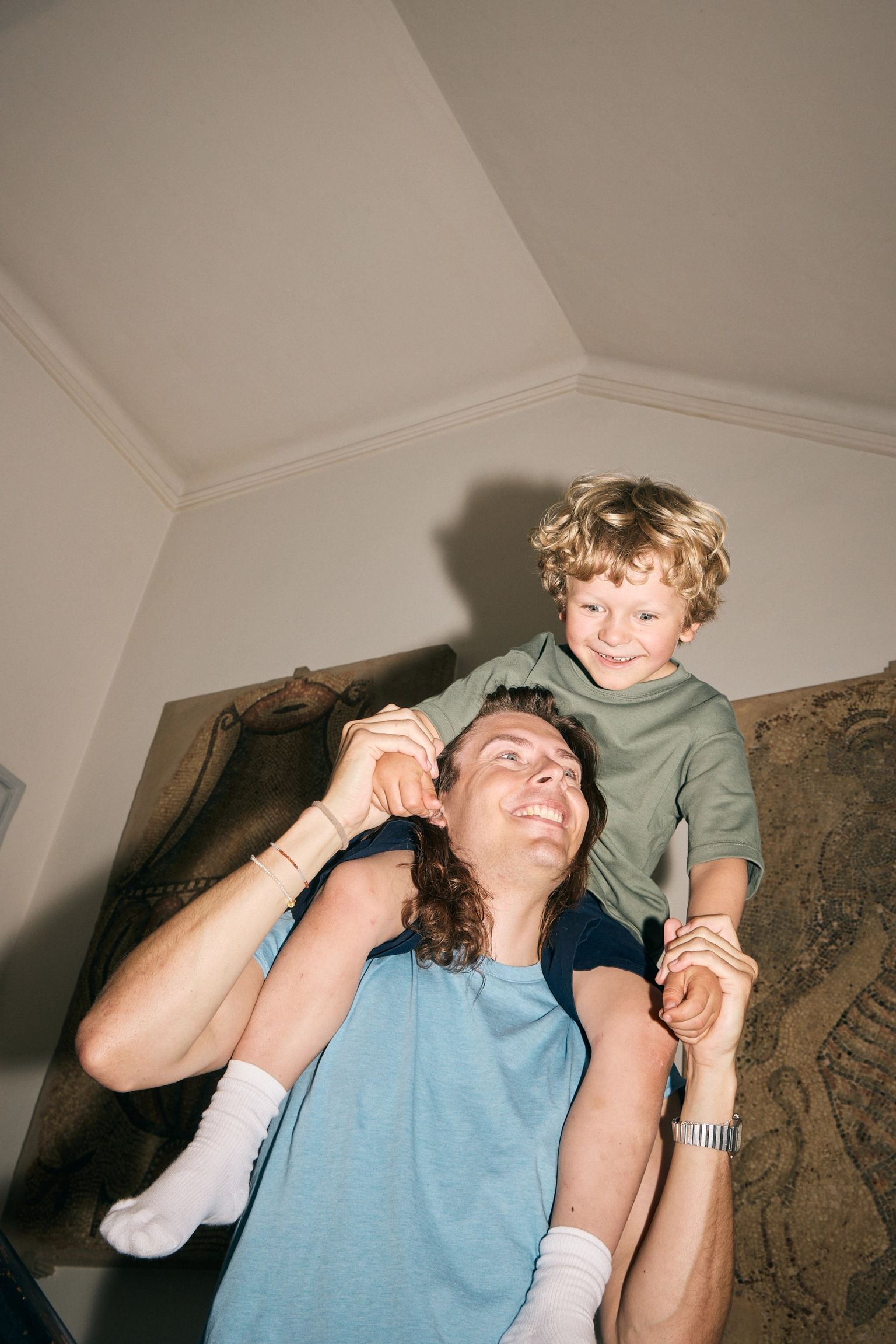Ground floor -
In the earth beneath our feet lie stories of those who came before us. Meet the people who today are on the hunt for traces from the history of Denmark.
“The Hunt for Danish History” is a tribute to the Danes who unearth the past. From Kirsten who stumbled upon one of the Golden Horns to “Team Rainbow”, who detected their way to 1.8 kg of gold that may have adorned a Viking queen. You will see what they have found in the ground, and what it takes to discover the treasures of Danish history.
1.
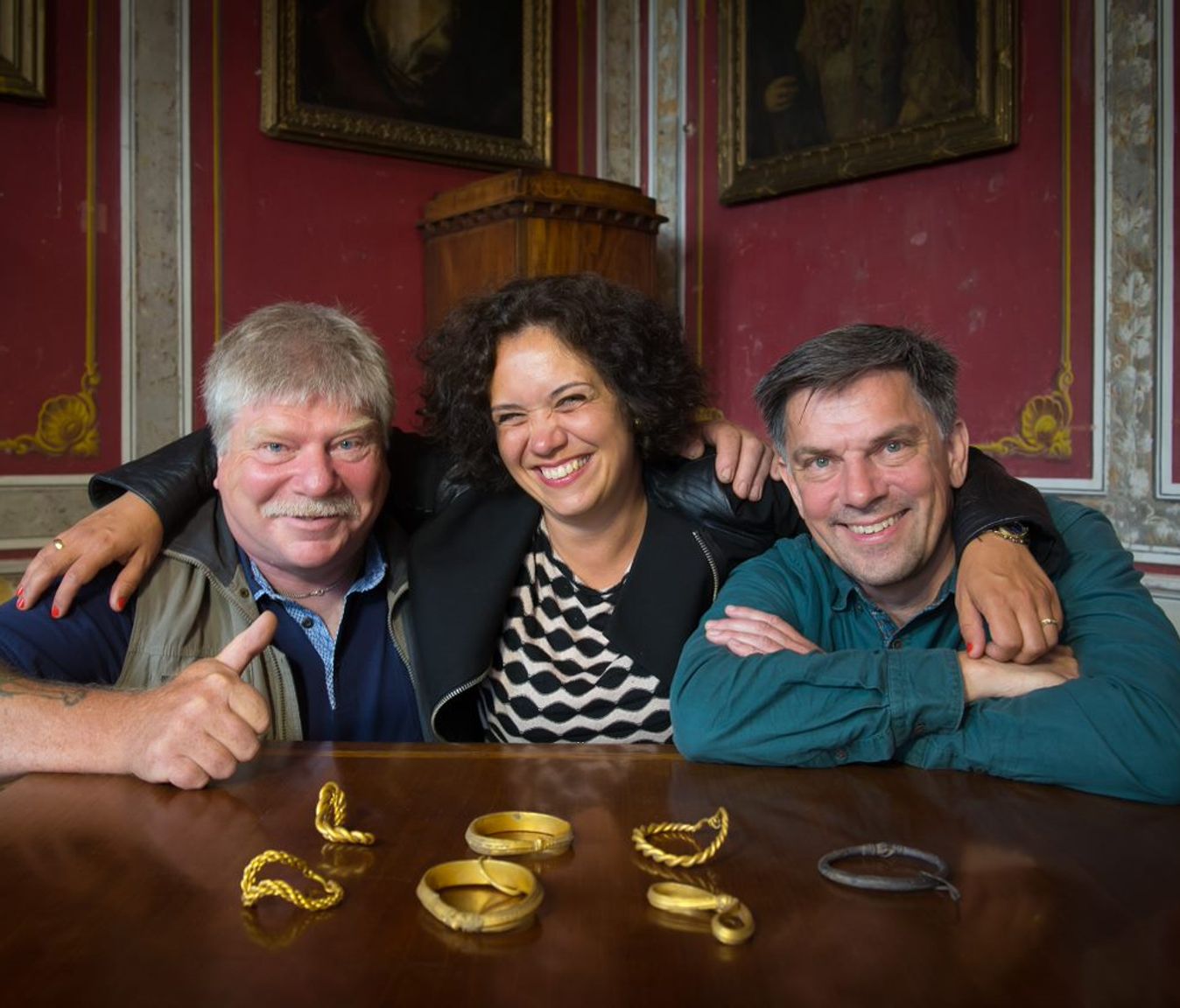
"Team Rainbow" found the Fæsted treasure. A 1.5 kg gold hoard from the Viking Age.
The greatest treasures are found by ordinary people
Every year, Danes find thousands of traces of our ancestors. With a metal detector in hand and insatiable curiosity, they make historical discoveries, and some of them are quite special - they are called “danefæ”.
Since 1241, the danefæ law has ensured that our shared past does not disappear into private collections. From Viking jewelry to a knight's seal stamp – each discovery lifts the fog from Denmark's past and shows us what has shaped us.
Learn more about danefæ
"Team Rainbow" found the Fæsted treasure. A 1.5 kg gold hoard from the Viking Age.
2.
Traces of the darkest year in history
Katla chokes the sun's rays. The volcano erupts in the year 536 in Iceland, sending a dense ash cloud into the air that casts large parts of the world into shadow. The long, ice-cold winter claims the lives of thousands in Scandinavia. Some may try to summon the sun by sacrificing to the gods.
Metal detectorists have found gold jewelry that was sacrificed in the years when Katla halts all life, both at Hjarnø in Horsens fjord and Forneby on Lolland. At roughly the same time, our ancestors laid down their most precious treasures at opposite ends of the country.
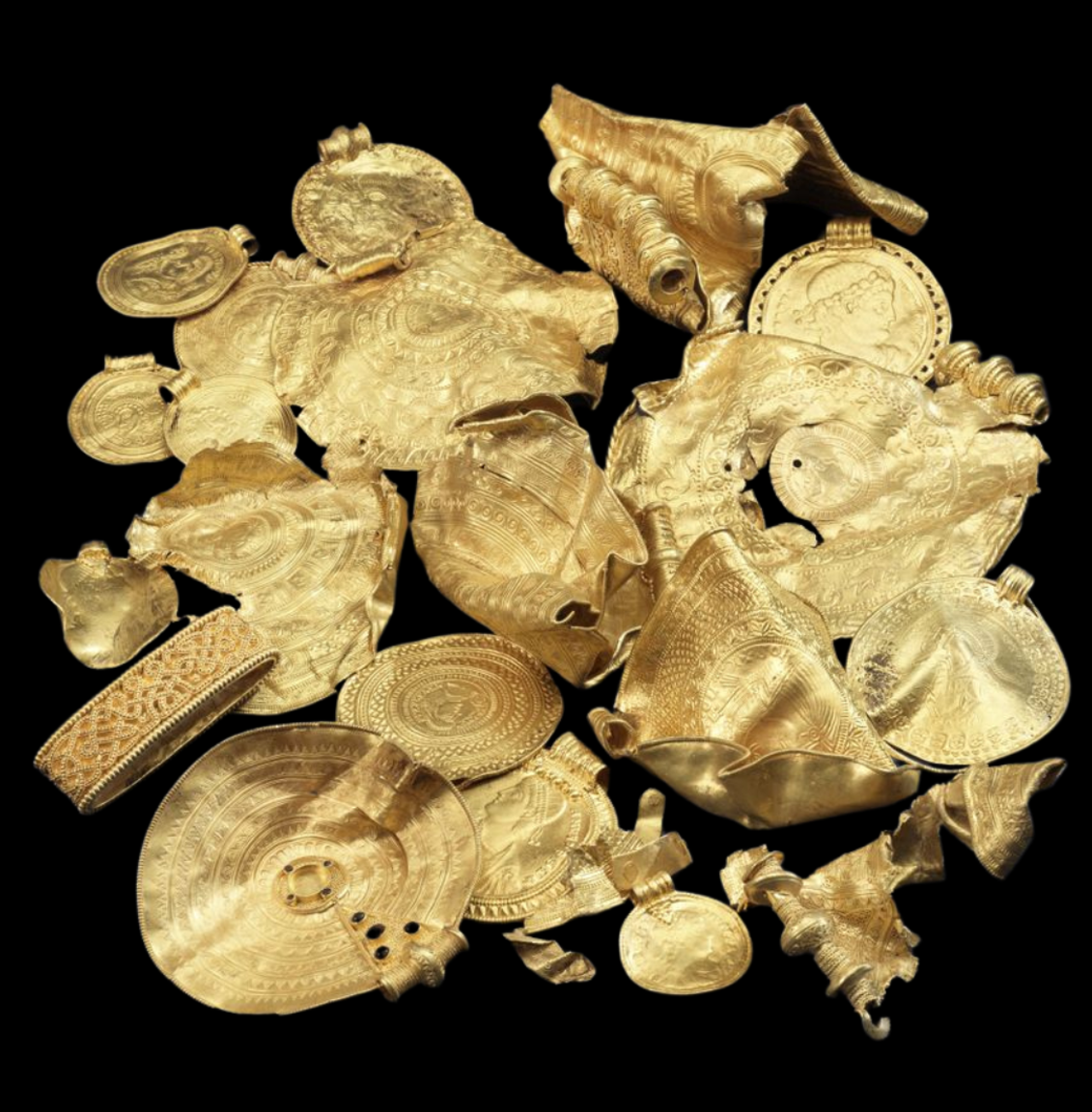
The Hjarnø treasure dates back to the 6th century. The necklace was not found intact.
3.
Kirsten tripped over a Golden Horn
Was it a tree root? Kirsten was about to trip as she walked across a field in Gallehus near Tønder in 1639. But should a tree root glint? She began to dig in the soil with her bare hands, and now she held one of the two Golden Horns in her hand.
Kirsten handed over her find, which ended up in the King's Cabinet of Curiosities. Her reward? A skirt. Later on, the Golden Horns were unfortunately stolen and melted down. Today, you can see a replica of Kirsten's find in the Gold Room at the National Museum.
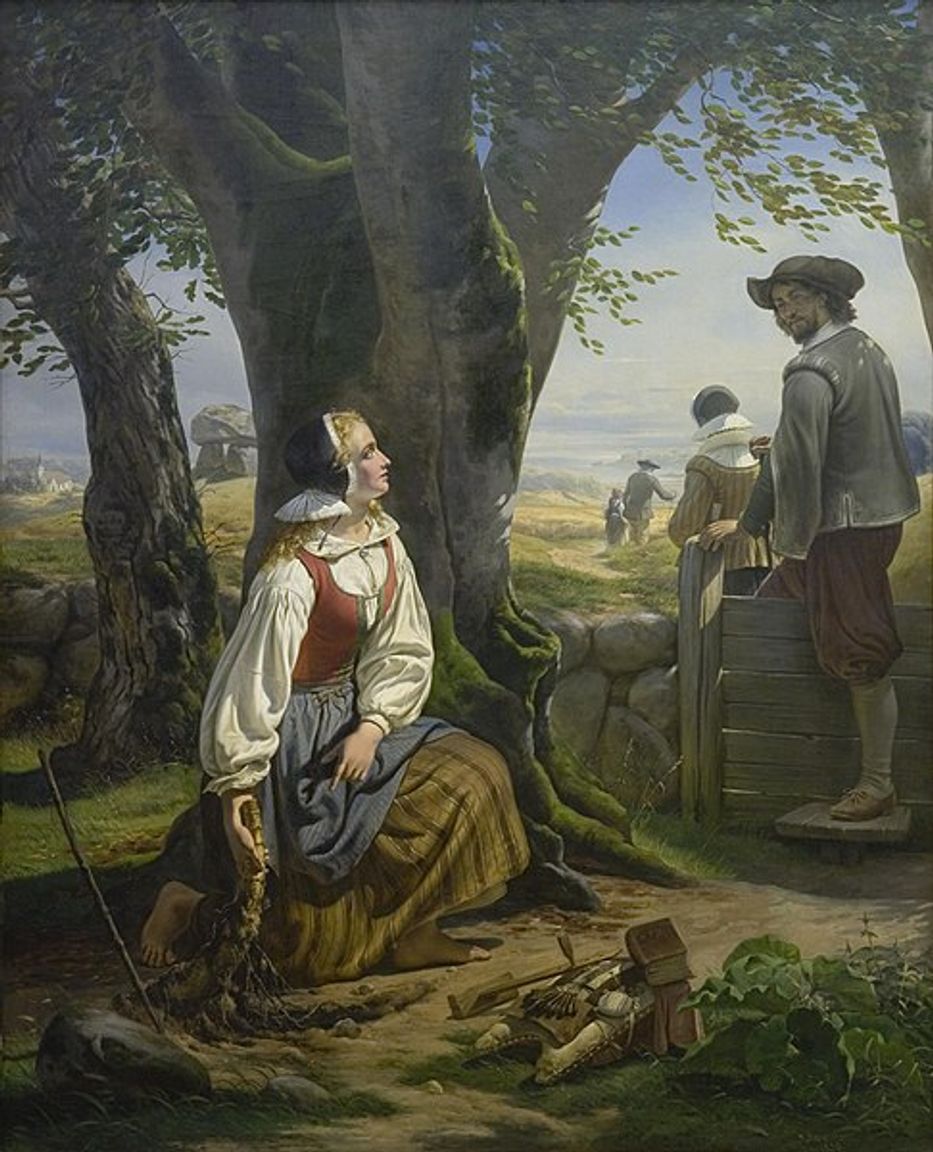
4.
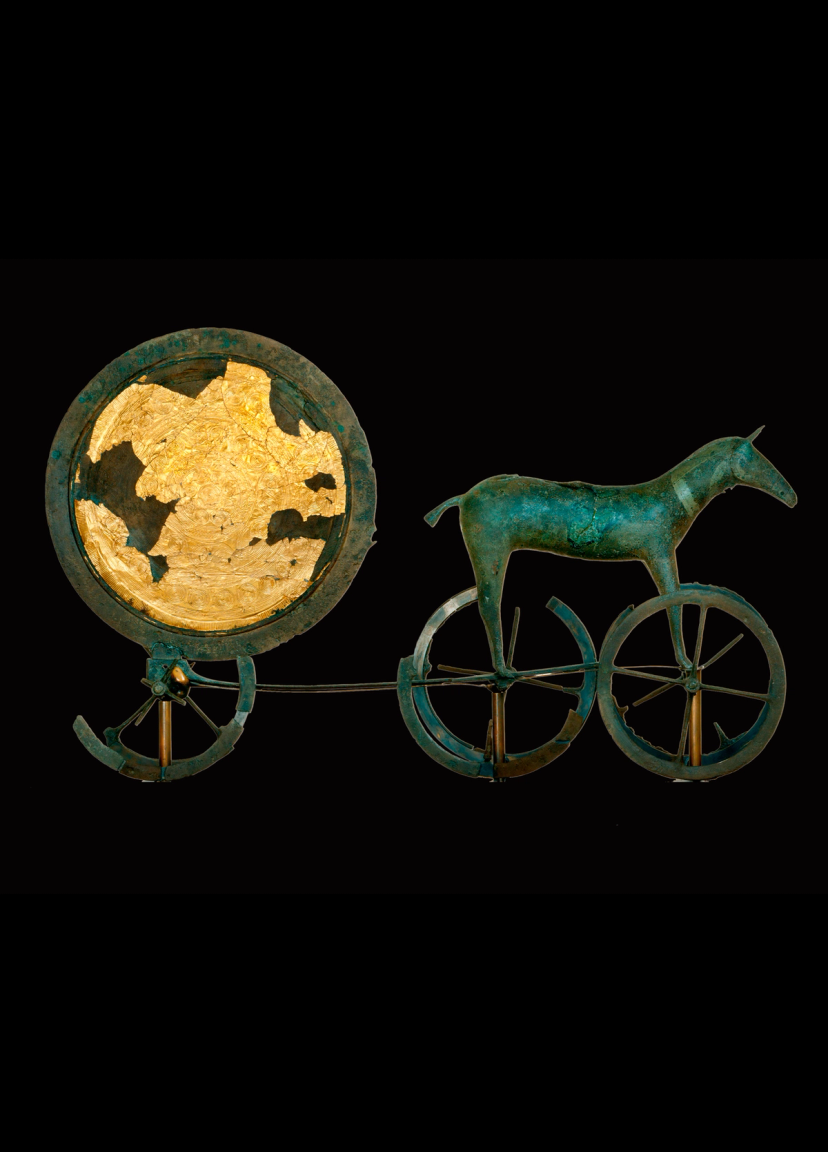
Before the National Museum saw it, a little boy played with the Sun Chariot
Frederik Willumsen is busy plowing. The plow cuts deeply to open up the earth. First, the plow brings up a bronze horse, and on the way back, the sun disc emerges. Willumsen does not yet know the significance of the discovery he has just made in 1902.
Initially, Willumsen thinks it's some old toy, so he gives the horse to his young son. Word spreads quickly, first around the neighborhood and then to the National Museum. Archaeologists unearth more fragments: wagon wheels and fragile gold plating – pieces of the Bronze Age's wondrous worldview.

Open today
10:00 - 17:00
Admission ticket
